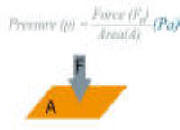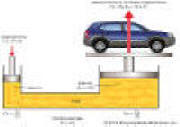| Videos | ||||||||||||||||||||
| Hydraulics is applied in a wide range of industries: from construction machinery, automobiles, and airplanes (outdoor) to machine tools and press machines (indoor). Typical applications in each industrial field are listed below. Below shows photos of some of the applications. | ||||||||||||||||||||
| Typical applications | ||||||||||||||||||||
|
||||||||||||||||||||
|
||||||||||||||||||||
| Hydraulic principal (Pascal's law) | ||||||||||||||||||||
| Videos | ||||||||||||||||||||
| Pascal’s principle, also called Pascal’s law states that when a force is excreted on the surface of a liquid or a gas in a enclosed container, the resulting pressure will be the same in all directions in the enclosed container. | ||||||||||||||||||||

TVET COLLEGE SUPPORT
HYDRAULICS
Introduction to hydraulics











